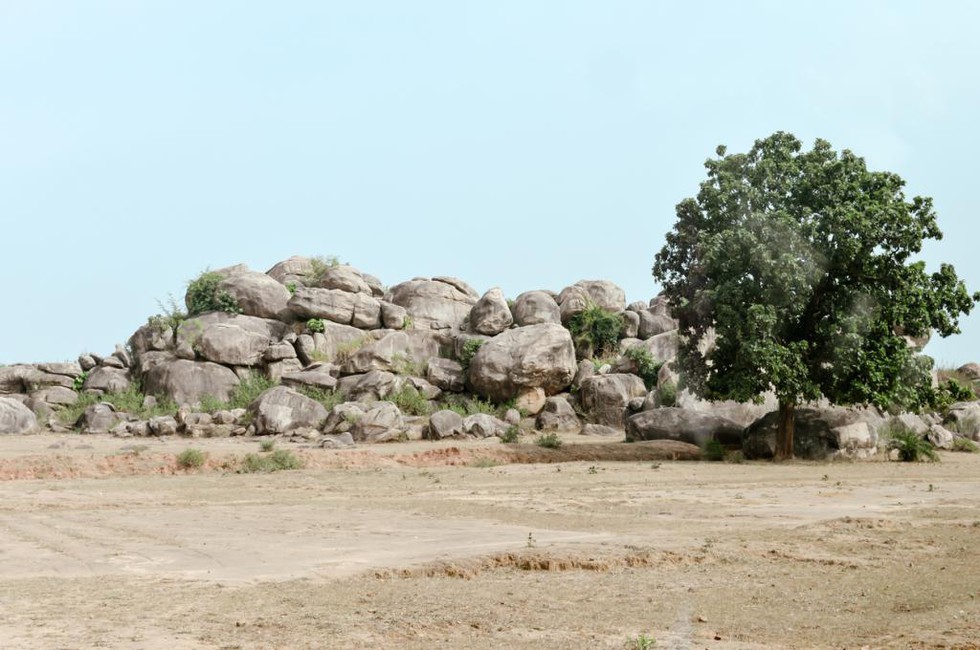Our Earth, estimated to be around 4.5 billion years old, experienced dynamic geological processes in its earliest years. During this time, vast oceans dominated the planet, with frequent volcanic eruptions shaping the landscape. Due to the absence of free oxygen, there was no ozone layer, making Earth a significantly different environment from what we know today.
Gaps in Knowledge
While scientists have pieced together much of Earth’s early history, there are still gaps in understanding. For instance, although we can identify the types of rocks formed around 3.5 billion years ago, the specific geological processes driving these formations remain a subject of ongoing research.
Exploring Archaean Rocks
Evidence crucial for understanding Earth’s early history is preserved in ancient volcanic and sedimentary rocks dating back to the Archaean age, between 4 billion and 2.5 billion years ago. These rocks are primarily found in cratons, the oldest parts of modern continents.
Singhbhum Craton
One notable example is the Singhbhum Craton, located in eastern India. Dating back 3.5 billion years, this region’s ancient rocks provide valuable insights into early Earth processes. Greenstone successions, characterized by volcanic and sedimentary rocks, dominate this area.
Comparative Study
Recent research compared the Singhbhum Craton with similar regions in South Africa and Australia, which also preserve rocks from around 3.5 billion years ago. These comparisons offer a comprehensive understanding of early Earth surface processes.
Findings from Comparative Study
The study revealed that explosive-style volcanic eruptions were common in these regions around 3.5 billion years ago, occurring both underwater and occasionally above the ocean’s surface. This understanding contributes to reconstructing Earth’s evolutionary history.
Methodology and Techniques
The research utilized field-based studies complemented by uranium-lead (U-Pb) radiometric-age dating to establish geological timelines. This method helps determine the age of rocks, aiding in understanding the timing of geological processes.
Significance of Discoveries
The discoveries have significant implications. Firstly, they enhance our understanding of early tectonic activities during the Archaean era, shaping our comprehension of Earth’s formative years. Secondly, they provide insights into Earth’s surface and atmospheric processes, crucial for hypothesizing early habitable conditions and the emergence of life.
Broader Implications and Future Directions
Comparing cratons worldwide can construct a comprehensive model of Archaean geological processes, shedding light on ancient geodynamic activities. This emphasizes the importance of further exploration into the geological history of ancient cratons worldwide.
Multiple Choice Questions (MCQs):
- What geological age do the ancient volcanic and sedimentary rocks studied in the research date back to?
a) 2 billion years ago
b) 3.5 billion years ago
c) 1 billion years ago
d) 5 billion years ago
Answer: b) 3.5 billion years ago - Which geological feature preserves evidence crucial for understanding Earth’s early history?
a) Mountains
b) Volcanoes
c) Cratons
d) Deserts
Answer: c) Cratons - What method was used in the research to establish geological timelines?
a) Carbon dating
b) Uranium-lead radiometric-age dating
c) Potassium-argon dating
d) Thermoluminescence dating
Answer: b) Uranium-lead radiometric-age dating - What type of volcanic eruptions were common around 3.5 billion years ago, according to the study?
a) Silicic
b) Submarine mafic
c) Explosive
d) Shield
Answer: c) Explosive - What is the significance of comparing cratons worldwide?
a) To understand ancient meteorite impacts
b) To reconstruct ancient climates
c) To construct a comprehensive model of Archaean geological processes
d) To study modern volcanic eruptions
Answer: c) To construct a comprehensive model of Archaean geological processes
